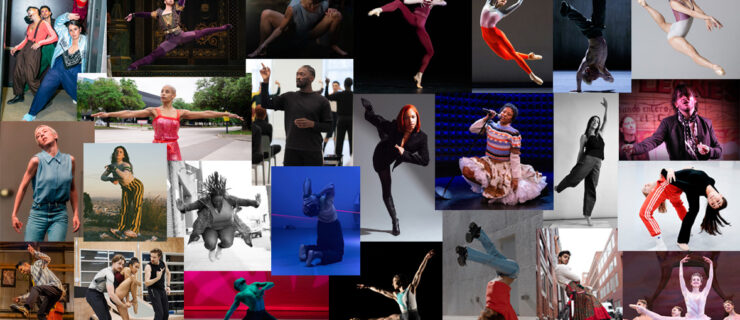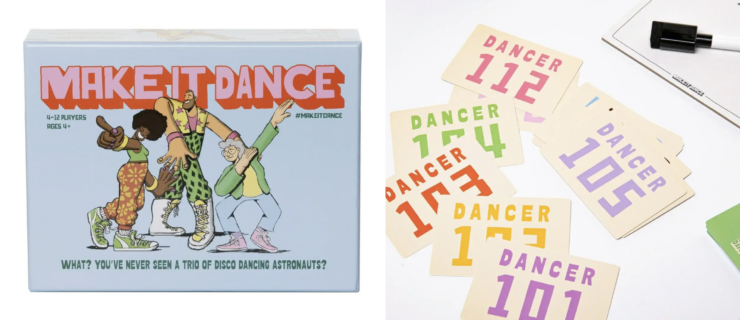Dormeshia Sumbry-Edwards Writes a Letter to Her Teenage Self
When Dormeshia Sumbry-Edwards taps, people listen. She performs with grace, elegance, precision and speed—not to mention that she can hit as hard as any of the guys. After an early start at age 3, Dormeshia made her Broadway debut at 12 alongside Gregory Hines, Savion Glover, Buster Brown and Jimmy Slyde in the revue Black and Blue. Not bad for a pre-teen! She has also performed with L.A.’s Jazz Tap Ensemble, was featured in the movie TAP and was the first female dancer in Savion’s Tony Award–winning Bring in ‘Da Noise, Bring in ‘Da Funk.
Last year, Dormeshia starred in the film The Rise and Fall of Miss Thang as a former tap prodigy who rediscovers her love of dance. She currently directs Harlem Tap (harlemtap.com) with her husband, fellow tapper Omar Edwards, and teaches at tap festivals around the world. Where can you catch up with this busy dancer, teacher, choreographer and mom? At press time, she was already on the lineups of the St. Louis Tap Festival (July 21-26), Chicago Human Rhythm Project’s Rhythm World Summer Festival (July 21–August 3) and the Bay Area Tap Festival (August 10-17)! —Kathryn Holmes
Dear Dormeshia,
Since your goal is to be a tap dancer, you must understand that it comes with great responsibilities.
Your teachers, Paul and Arlene Kennedy, introduced you to Honi Coles, Frances Nealy, Ralph Brown, John Bubbles, Eddie Brown and so many others at a very early age. You’ve had the chance to grow up around these great tap dancers. They let you in on some of their secrets and share steps and sing songs with you. These great and successful tap dancers are sharing their knowledge of the dance—with you! They are passing it on and you must do the same. But before you do, understand your responsibility. You must not mistreat this information. You are being given precious and valuable jewels, so take them, get to know them, make them your own and share them with other dancers who love tap the way you do.
You have a responsibility to keep learning and to pass on what you’ve learned. Being a tap dancer is really not about you; a tap dancer’s responsibility is to the dance itself. You’re representing a whole artform, and the dancers who came before you. You’re inspiring your peers in the dance. You’re nurturing the generation of dancers after you. Passing it on—that’s what it’s really all about.
I know that you love and respect the dance wholeheartedly, so remember your foundation, stay focused on your goal, maintain humility in your success and your life in tap dancing will be fulfilled.
Your Sole-Sister,
Dormeshia Sumbry-Edwards



